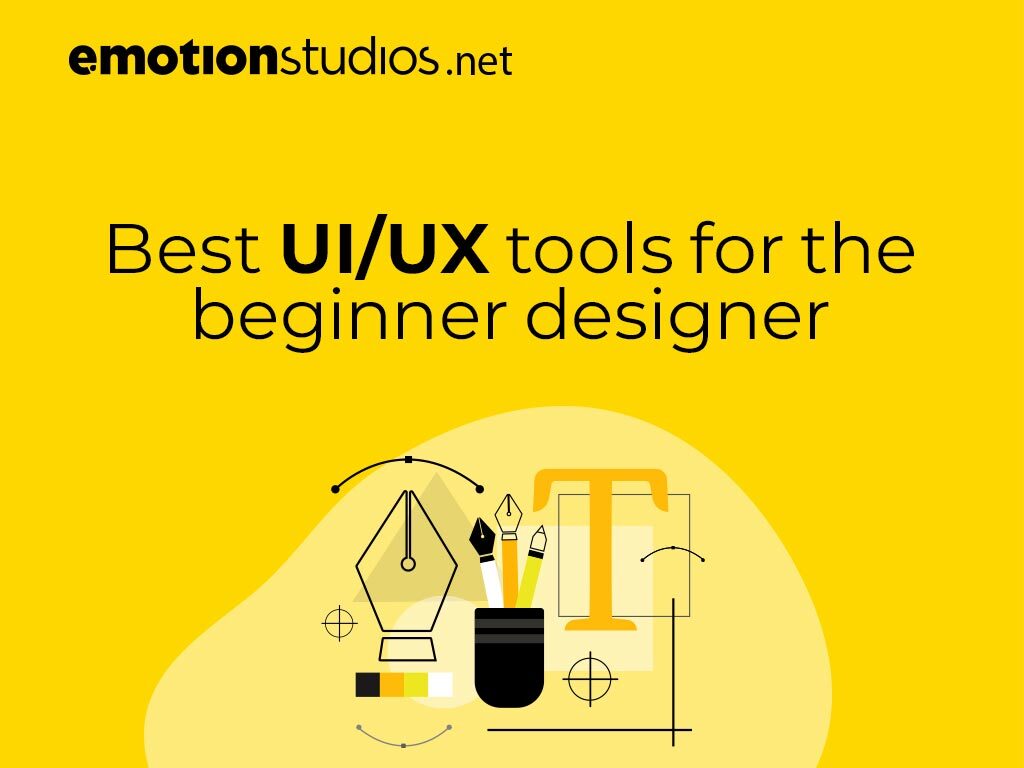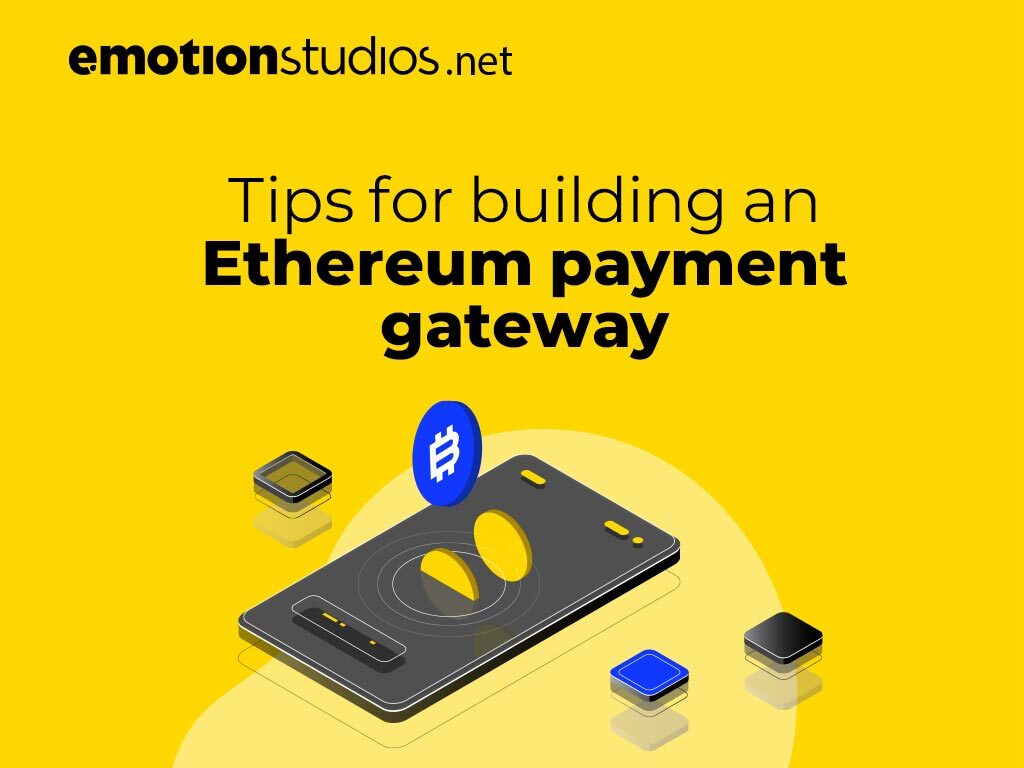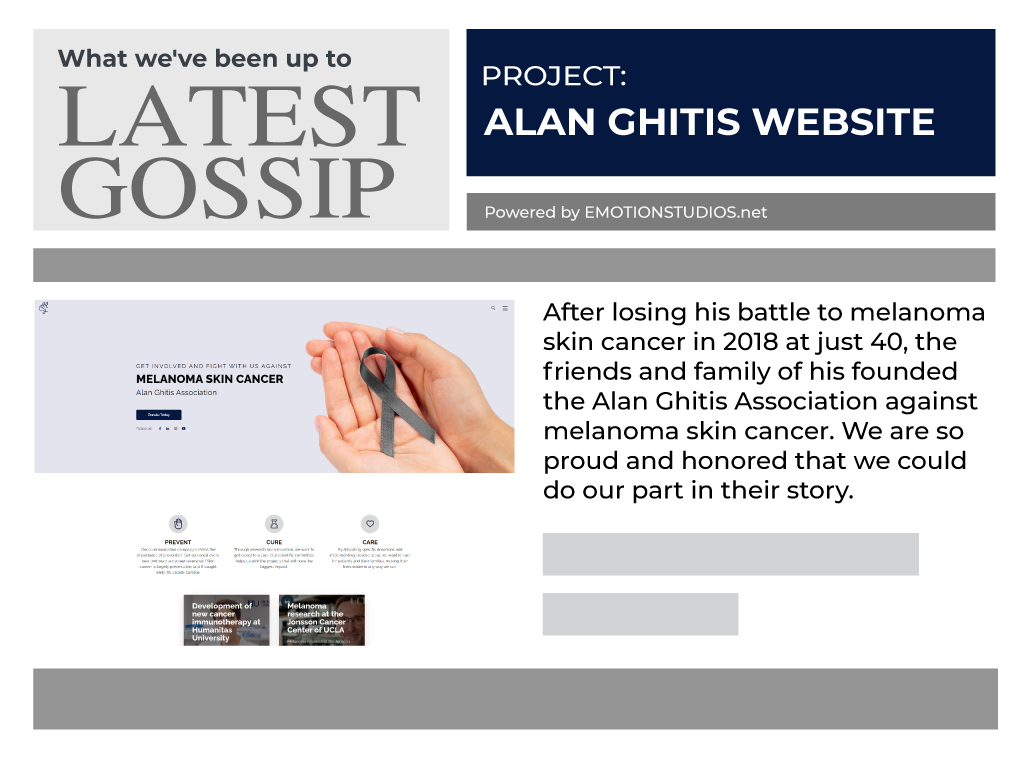1. Your website is not generating profit on its own
Event websites should be a profit center and not a cost center. Sponsorship, promoted exhibitors, ticket sales, sponsored conference sessions and videos are just a way to monetize on the website and also provide value to your exhibitors and attendees.
2. The exhibitors and conference agenda are presented as tables, pdf external files or in an external website
Having a well designed exhibitors list and beautiful individual exhibitor pages is both a sign of respect for your exhibitors and a key sales point when trying land them. Not to mention the extra sales options you have by offering “promoted exhibitor” packages. Goes the same for the conference agenda. It’s 2019, basic tables will not cut it.
3. The event website is not responsive
Over 30% of the mobile website visitors will leave if you don’t have a mobile friendly website. Expectations are high, attendees and exhibitors perceive the lack of a responsive website as lack of attention to detail, in the best case, or flag the event as a poor quality one in the worst case.
4. The design is outdated and/or doesn’t represent the brand in a professional way
People will judge your business, in the case your event, by your website looks, whether that’s fair or not. They will form a prejudice in less than a second and that’s the second where you can win or lose. New clients, exhibitors or attendees, didn’t see your show, they don’t know how much effort you put in having a beautiful venue and a premium experience. They’ll quickly judge you based on your website and decide to buy tickets or contact your sales department based on what they see on the website.
5. A commercial general template or an off the shelf solution was slightly customised for your event
You don’t want to have the same website as a million other companies and for sure you don’t want an off the shelf solution that can’t be customized for your needs. That price-tag of 29.99$ which is less than a ticket at your event should be a good sign that it can’t be professional, it can’t be an enterprise solution, it can’t be reliable and for sure there is a catch somewhere.
6. You can’t edit the content without developer help
28 years have passed since the first website was developed. Not being able to edit your own content is like not being able to change your tv channel.
7. There is no option to sell a comprehensive sponsorship packages
Trade shows sell everything, from tickets to booth space, from signage to catalog presence. Website promotion has to be a package on its own. If your web guys don’t deliver that, it’s time for a change.
8. There are no single exhibitor, conference and speaker pages to leverage for SEO
Your exhibitors are your partners and you have to leverage SEO, both ways. Make sure you use the exhibitor brands to make your website more popular in the same way exhibitors advertise their presence at your show.
9. There is either no search functionality or the results are irrelevant
No search is like no signage or no trade show map.
10. You got no or low control on SEO
Goes the same as content management. You must have control.
11. Your analytics figures go down while your attendance goes up
Website visitors numbers should match your attendance. If website analytics numbers go down while your attendance goes up you definitely have a problem.
12. The event website loads slowly
47% of your visitors expect the website to load in 2 seconds or faster.
13. The user experience is either bad or wrongly targeted
Trade show websites user experience is very important because attendees check your site a few times and then only revisit the next year. There is no time to learn user behavior in the same way there is no time for mistakes. Just think about a user not being able to find quickly your last year stats.
14. Your website is not generating profit on its own
Can’t emphasize more, you must be doing profit of your website alone.
Hope this was helpful. Looking forward to reading your opinions and finding more ways to turn around your website and business.


